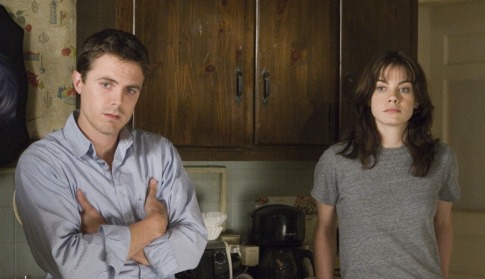Gone baby gone (2007)
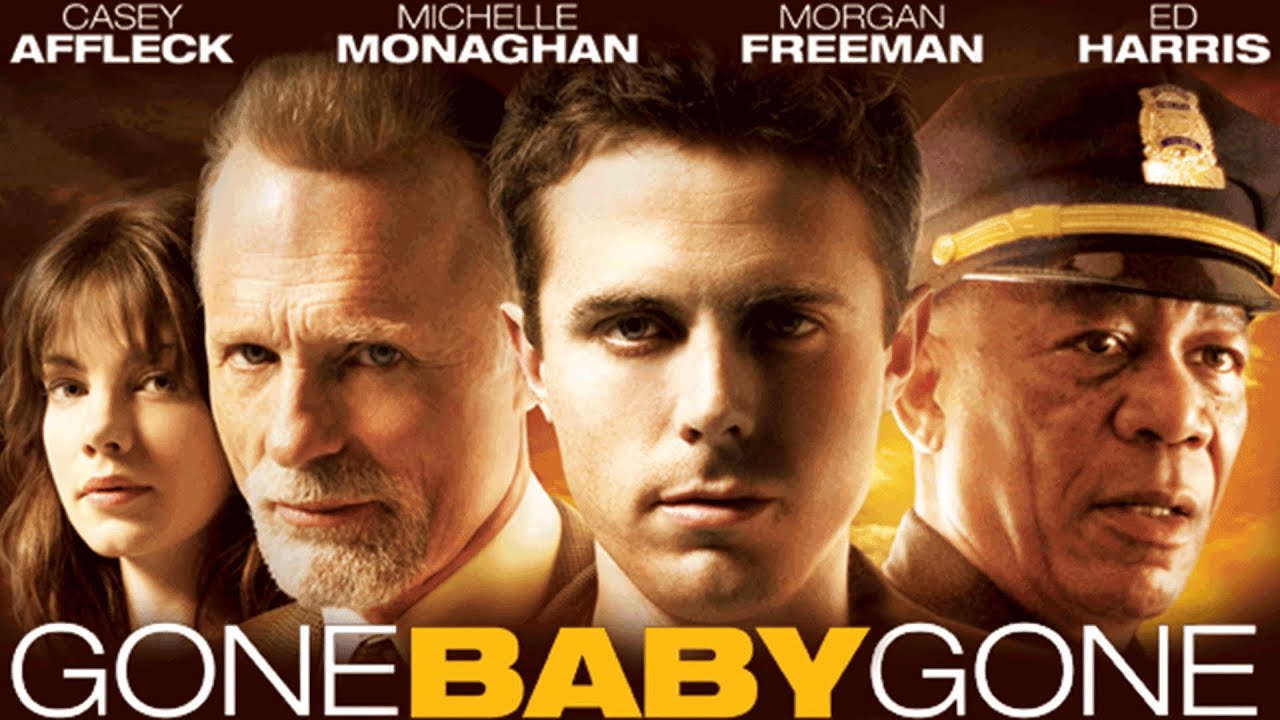
Gone Baby Gone (2007) is a critically acclaimed neo-noir crime thriller that marks Ben Affleck’s directorial debut. The film, adapted from Dennis Lehane’s 1998 novel of the same name, is a haunting exploration of moral ambiguity, the complexities of human nature, and the difficult choices we face when confronting crime, loss, and justice. With a gripping storyline, powerful performances, and a thought-provoking narrative, Gone Baby Gone not only showcases Affleck’s skill as a filmmaker but also presents an engrossing tale of ethical dilemmas that will leave audiences questioning their own values and assumptions. The movie stars Casey Affleck, Michelle Monaghan, Morgan Freeman, Ed Harris, and Amy Ryan, and it is set in the gritty neighborhoods of Boston, a place where the line between good and evil often seems unclear.
The story of Gone Baby Gone begins with the disappearance of a young girl named Amanda McCready (Madeline O’Brien), who is taken from her home in a working-class neighborhood of Boston. The police are called in to investigate, but when their efforts prove unsuccessful, the case is handed over to private detectives Patrick Kenzie (Casey Affleck) and his partner, Angie Gennaro (Michelle Monaghan), both of whom are locals familiar with the area and its people. Patrick and Angie are initially tasked with finding Amanda and recovering her, but they soon uncover a far more complicated situation than they expected.
As the investigation progresses, Patrick and Angie discover that Amanda’s disappearance is not as straightforward as it seems. The little girl’s mother, Helene McCready (Amy Ryan), is a drug-addicted single mother who neglects her daughter, and her family members are either absent or unhelpful. Patrick’s search takes him deep into the morally corrupt world of Boston’s criminal underworld, where people who claim to care about Amanda may have darker motives. Along the way, Patrick faces resistance from the police, who seem to have their own theories about the case, and from private interests who may not want the truth to come to light.
Eventually, Patrick uncovers a shocking twist in the case: Amanda has been taken by a man named Lionel (Titus Welliver), a well-intentioned, though deeply flawed man who has kidnapped the girl to give her a better life away from her neglectful mother. In the end, Patrick is forced to make an impossible choice: Should he return Amanda to her biological mother, who is unfit to care for her, or should he allow her to stay with Lionel, the man who has cared for her but committed an illegal act? The film’s finale forces Patrick to confront his own understanding of morality, justice, and the complexities of right and wrong.
At the core of Gone Baby Gone is the exploration of moral ambiguity. The film presents a complex world where the characters are forced to make decisions that don’t easily align with traditional ideas of right and wrong. Patrick Kenzie is a good man—a compassionate and principled private investigator—but his investigation leads him into situations where there is no clear-cut answer. The film explores the tension between justice and the law, between what is legally right and what is morally just.
The central ethical dilemma faced by Patrick is whether to return Amanda to her biological mother, Helene, a drug-addicted woman who neglects and abuses her daughter, or to allow her to stay with the kidnapper, Lionel, who has shown her care and love. While Lionel’s actions are criminal, his intentions are far more sympathetic. In contrast, Helene is a woman who has consistently failed her child, yet she has a legal claim to her daughter. The film forces the audience to question whether justice is simply about following the law or whether it is about doing what is morally right, even when the law says otherwise.
Gone Baby Gone also takes a critical look at the institutions meant to protect children and uphold justice. The police force in the film is depicted as deeply flawed and often corrupt. Detective Remy Bressant (Ed Harris) and his partner, Detective Nick Poole (John Ashton), both have their own motivations and personal stakes in the case, which complicate their roles in the investigation. The film paints a bleak picture of the Boston police, showing how even those who are supposed to protect and serve are not always trustworthy or free from moral compromise.
Similarly, the legal system, represented by the courts, is portrayed as inadequate in dealing with the complexities of the case. The film makes the point that institutions like the police and the legal system are not always reliable or just. This theme is especially significant in the context of child welfare, where the bureaucratic failures of these institutions contribute to the suffering of vulnerable individuals. By focusing on the shortcomings of these institutions, the film critiques a system that fails to protect those who need help the most.
Another theme explored in Gone Baby Gone is the complexity of family dynamics and parenthood. Helene McCready is an example of a mother who fails to live up to the idealized image of motherhood. She is a drug addict who neglects her daughter and exposes her to dangerous situations. However, Helene also has a maternal instinct, and the film does not paint her as a one-dimensional villain. Her love for Amanda is flawed but genuine, and the film forces the viewer to question whether she deserves to have her child returned to her or whether she has forfeited that right through her neglect.
On the other hand, Lionel, who kidnaps Amanda, presents a different vision of parenthood. He is a man who cares for the child and provides for her well-being in a way that her biological mother never could. While his actions are illegal, his intentions are rooted in love and care. The film challenges the notion of what makes a “good” parent, highlighting how love, sacrifice, and protection don’t always come from the people society expects them to.
The film explores the idea that family is not defined solely by biological relationships but also by the bonds of care, trust, and love that individuals can form with one another. The tension between the biological bond and the emotional bond is a key driver in the plot and ultimately leads to the film’s moral conundrum.
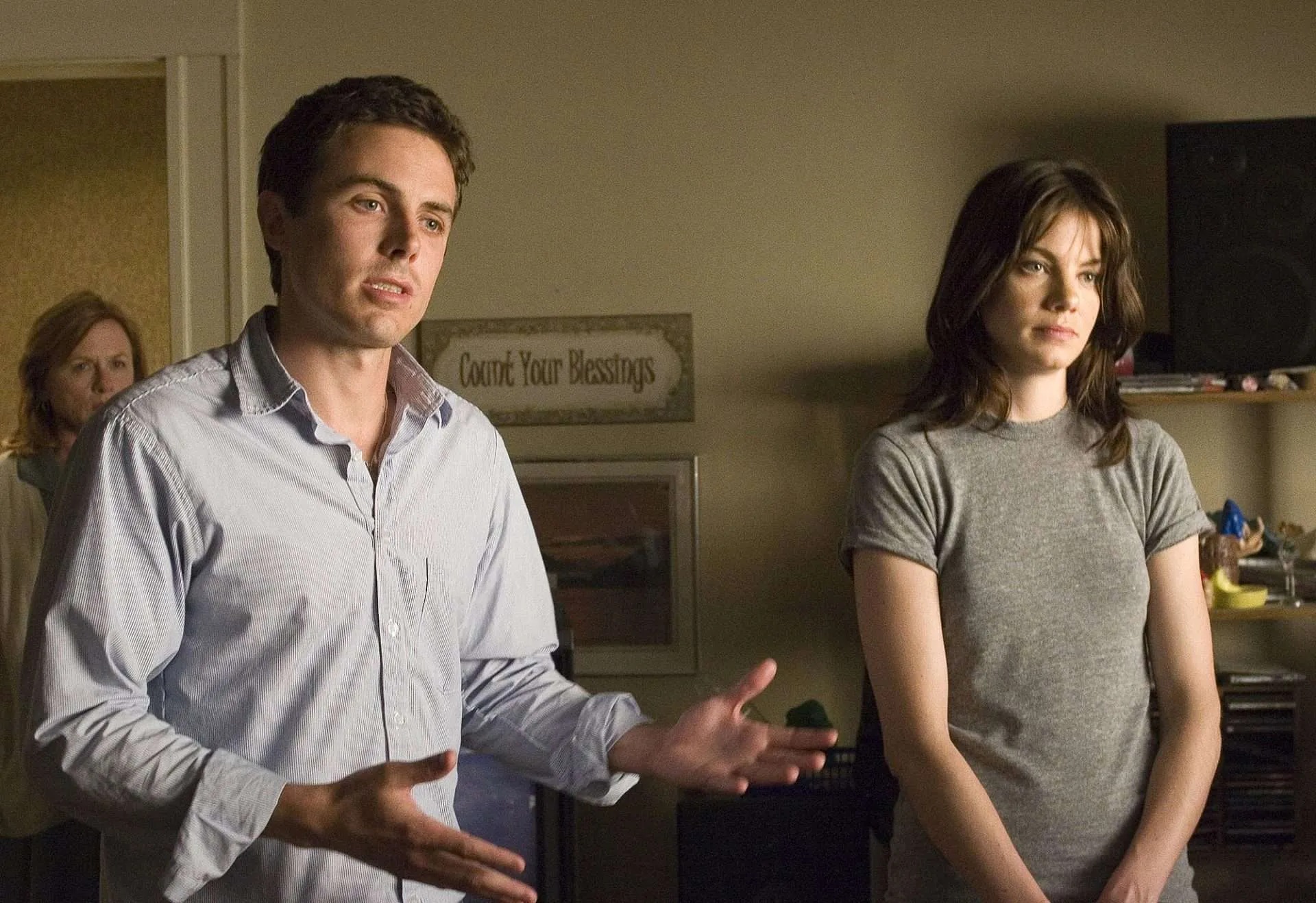
The theme of guilt and redemption is prevalent throughout the film. Patrick Kenzie, as the protagonist, is forced to wrestle with his own sense of guilt as he uncovers more about the people involved in the case. His decision to report the truth, despite the consequences, represents a search for moral clarity and redemption. However, as the investigation progresses, Patrick realizes that there may be no easy path to redemption for anyone involved. This theme is reinforced by the film’s ending, which does not offer the audience a neat or satisfying resolution but instead leaves them to grapple with the complex consequences of the choices made by the characters.
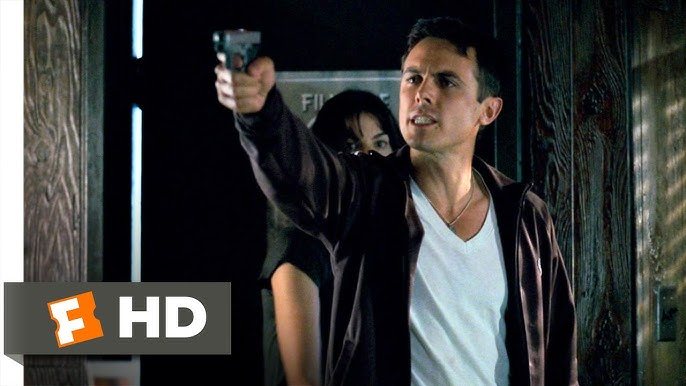
The ending is significant because it forces the audience to reflect on the true meaning of justice. The film does not offer a simple or moralizing conclusion but instead leaves the viewer with a sense of the profound emotional and psychological weight of the decisions Patrick makes. The question of whether his actions were justified or whether he made a grievous error is left open-ended, challenging the audience to come to their own conclusions.
Ben Affleck’s direction in Gone Baby Gone is exceptional, particularly for a first-time director. The film is well-paced, and Affleck’s ability to build tension while gradually revealing key details about the investigation and the characters is impressive. The gritty, working-class setting of Boston adds to the film’s realism and reinforces its themes of corruption and moral ambiguity. The city itself is almost a character in the film, with its dark, rain-soaked streets and rough neighborhoods playing a significant role in the atmosphere and mood.
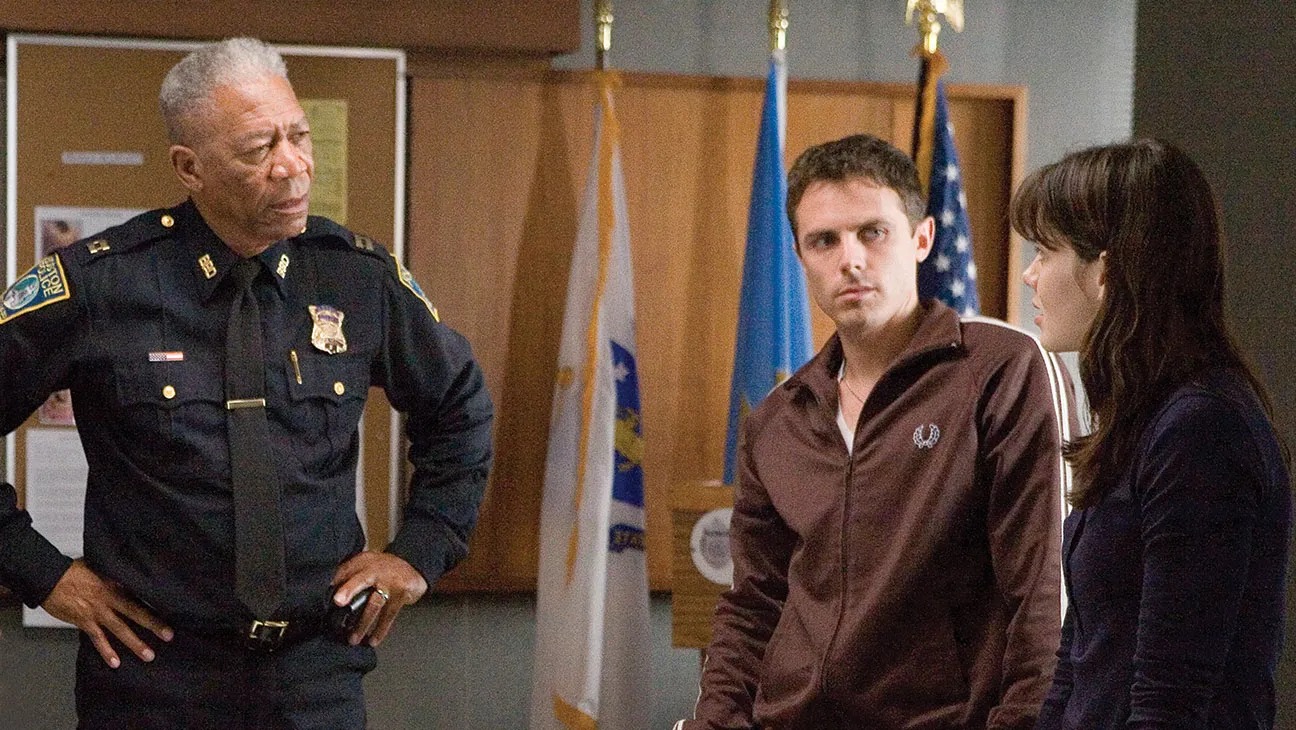
The cinematography, by John Toll, is also noteworthy, with several scenes using stark lighting and shadow to evoke a sense of unease. The use of close-ups and tight shots of the characters’ faces helps to intensify the emotional stakes, allowing the audience to connect more deeply with their internal struggles. The film’s visual style complements the themes of the story, reinforcing the moral complexities and the emotional weight of the characters’ decisions.
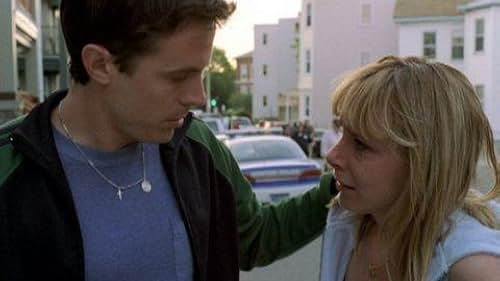
The performances in Gone Baby Gone are exceptional. Casey Affleck delivers a nuanced portrayal of Patrick Kenzie, capturing the character’s inner conflict and moral struggle with great depth. Michelle Monaghan is strong as Angie Gennaro, providing a grounded and empathetic counterpoint to Patrick’s increasingly conflicted character. Amy Ryan’s portrayal of Helene McCready is heartbreaking, as she manages to convey both the love and the dysfunction of a mother who is struggling to care for her child. The supporting performances, including Ed Harris and Morgan Freeman, are also outstanding, adding depth to the film’s morally complex characters.
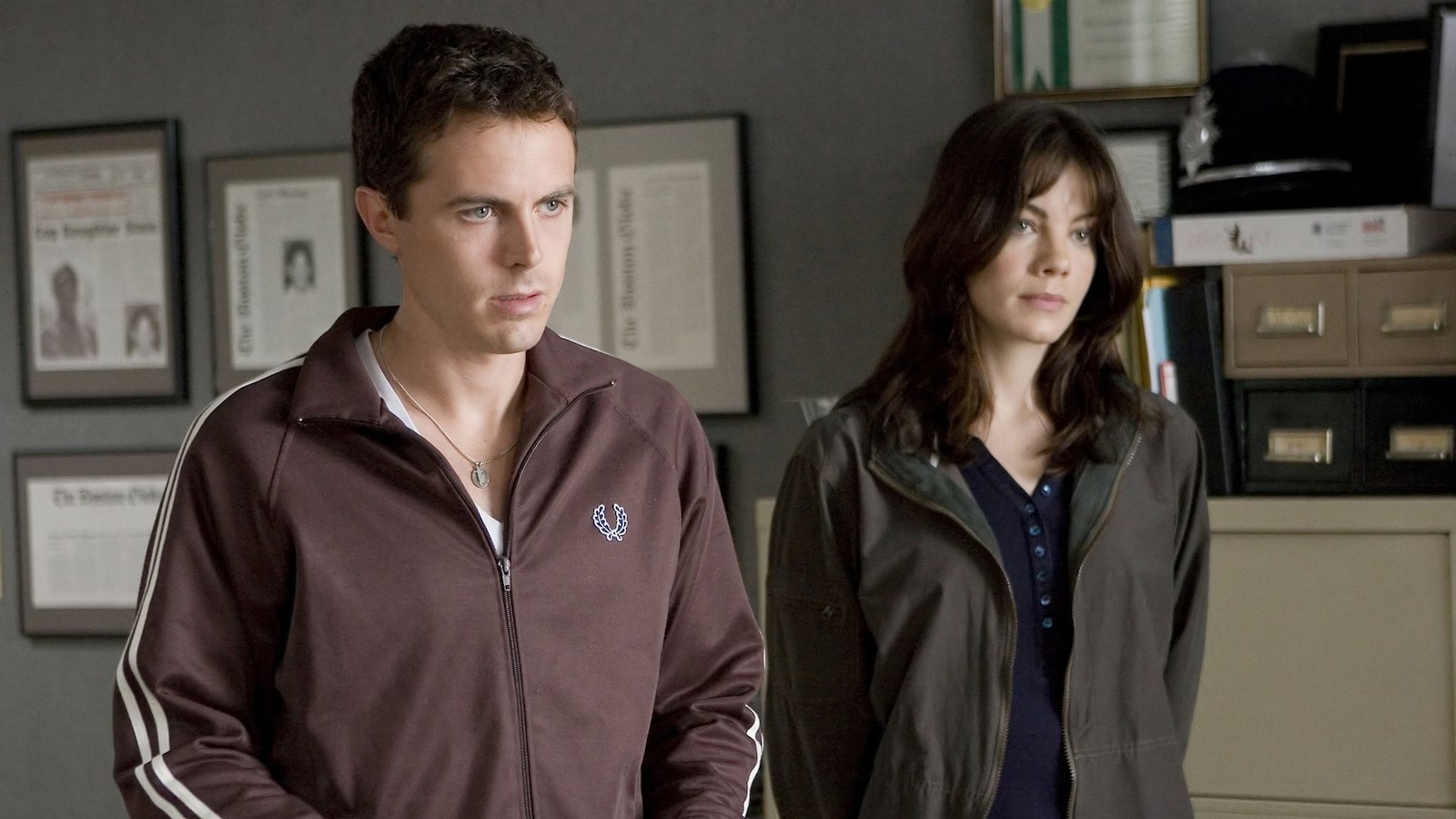
Gone Baby Gone (2007) is a powerful crime thriller that tackles complex themes such as moral ambiguity, justice, family, and the failure of institutions. Ben Affleck’s directorial debut is a triumph, demonstrating his ability to navigate intricate narratives and build tension in a way that keeps the audience on edge throughout the film. The film’s exploration of difficult ethical dilemmas challenges viewers to confront their own beliefs about justice and morality, leaving a lasting impact long after the credits roll. With its sharp writing, stellar performances, and thought-provoking themes, Gone Baby Gone is not just a crime thriller—it’s a deeply human story about the complexities of life, family, and the choices that define us.
